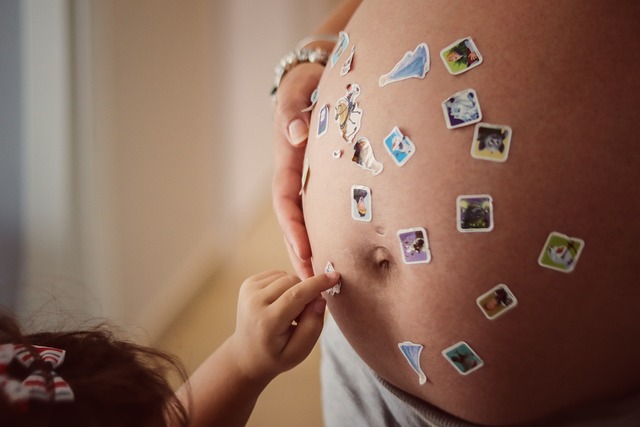Are you thinking about stopping contraception to prepare for a baby? It’s natural to wonder how quickly your body will return to ovulating. The timeframe can vary based on the type of contraception you were using.
Types of Contraception and Their Effects on Ovulation
For instance, barrier methods like condoms don’t interfere with your natural ovulation cycle since they simply prevent sperm from reaching the egg. If this was your method, you can expect to resume ovulating as soon as you stop.
Natural Family Planning also doesn’t affect ovulation. This technique involves tracking your menstrual cycle and observing changes in cervical mucus to identify your fertile days.
Intrauterine devices (IUDs), particularly the copper coil, primarily create a toxic environment for sperm without affecting ovulation itself. So, if you were using an IUD, your ovulation should remain unaffected.
On the other hand, hormonal birth control methods—like the pill, patch, and IUS (such as the Mirena coil)—suppress ovulation and can take a little longer for your cycle to return to normal. Most women typically start ovulating again within one to three months after stopping hormonal birth control. However, it’s important to note that you could conceive almost immediately after stopping, particularly if you were using an IUS.
Interestingly, many people don’t actually ovulate on day 14 of their cycle. Recent studies suggest that the average cycle is closer to 29.3 days. For those with conditions like polycystic ovary syndrome (PCOS) or endometriosis, ovulation may return shortly after discontinuing hormonal contraceptives. This can lead to irregular periods, but that doesn’t necessarily mean you haven’t ovulated.
How to Identify Ovulation
So, how can you tell when you’re ovulating? Ovulation tests can be useful, and there are physical signs to track too:
Cervical Mucus
Changes in cervical mucus can provide valuable information about your cycle. When you’re ovulating, this mucus becomes clear, slippery, and resembles raw egg whites. You may want to check for this by inserting a clean finger into your vagina to observe the changes over time.
Basal Body Temperature (BBT)
You might notice a slight increase in your basal body temperature due to rising progesterone levels. This requires consistent daily tracking, ideally first thing in the morning before getting out of bed. While this method can be effective, it’s often best used alongside other techniques.
Other Signs of Ovulation
Some people experience bloating, mild cramps, or breast tenderness during ovulation, with about 40% reporting ovulation pain. Many also notice an increase in libido during this time, a natural signal to seek intimacy. However, these signs can vary widely and should not be solely relied upon for tracking ovulation.
If you’re looking for more information on navigating challenges while trying to conceive, check out our blog post on Emma’s journey with vaginismus. Additionally, for those considering at-home insemination, you can explore resources like the Cryobaby At-Home Insemination Kit and read more about IVF for comprehensive insights.
In summary, stopping contraception can lead to various timelines for ovulation depending on the method previously used. Understanding your body’s signals and utilizing tools such as ovulation tests can help you track your fertility more effectively.

